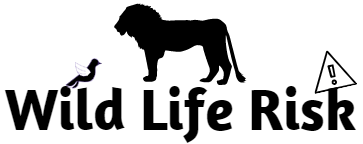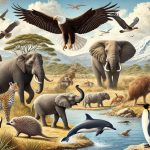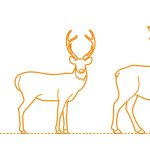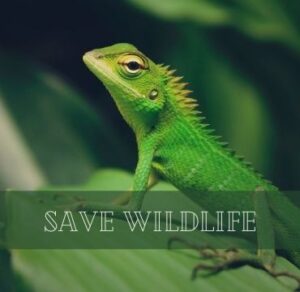Wild Animals That Start with the Letter E
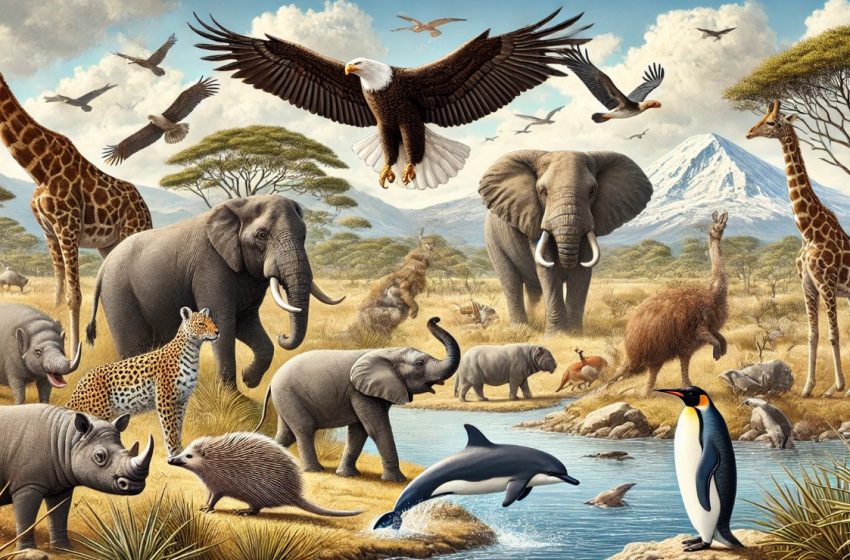
Exploring the animal kingdom is always an adventure, and today, we’re focusing on fascinating wild animals that start with the letter “E.” From the skies to the forests and the ocean depths, the diversity among “E” animals is remarkable. This guide takes you through some of the most intriguing “E” animals, shedding light on their habitats, behaviors, and unique traits. So, let’s dive in and discover the world of “E” animals!
1. Eagle
Eagles are majestic birds of prey known for their sharp eyesight and powerful flight. With over 60 species worldwide, these birds are often seen as symbols of strength and freedom. Eagles hunt by soaring high above and spotting prey from impressive distances, diving swiftly to capture their target. They’re commonly found in mountainous areas, forests, and near large bodies of water where fish are abundant.
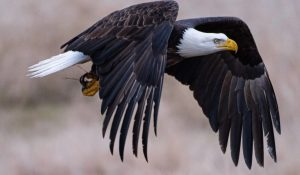
2. Elephant
Elephants are the largest land animals, known for their intelligence, social bonds, and, of course, their impressive trunks. There are two main species: the African and Asian elephants. Elephants play a crucial role in their ecosystems by shaping their environments, often referred to as “ecosystem engineers.” These gentle giants are facing threats from poaching and habitat loss, making conservation efforts vital.
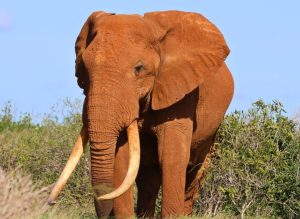
3. Echidna
The echidna is one of only two egg-laying mammals, or monotremes, with the other being the platypus. Native to Australia and New Guinea, these spiny creatures have a unique appearance, resembling a cross between a hedgehog and an anteater. They use their long, sticky tongues to feed on ants and termites. Echidnas are solitary animals and are highly adapted to survive in a range of environments, from forests to deserts.
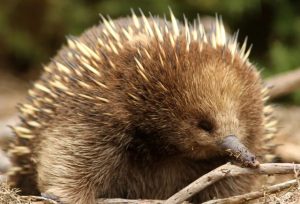
4. Emu
The emu is Australia’s largest bird and the second-largest in the world after the ostrich. Emus are flightless but can run at incredible speeds, using their strong legs to cover large distances. These birds are known for their curious nature and often live in open grasslands and woodlands. Emus are omnivores, feeding on plants, insects, and small animals.
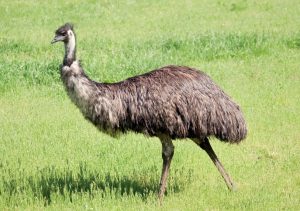
5. Eel
Eels are elongated fish that can be found in both freshwater and saltwater. There are many types, including electric eels, which can produce electric shocks, and moray eels, known for their sharp teeth and aggressive nature. Eels are often found hiding in crevices or burrowing in sand, waiting to ambush prey. They play a significant role in the aquatic food chain.
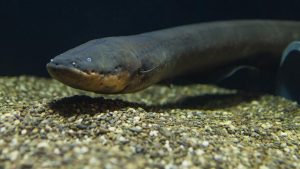
6. Egret
Egrets are elegant, long-legged birds typically found near water bodies like lakes, rivers, and marshes. These birds have slender bodies, white plumage, and long necks, giving them a graceful appearance. Egrets are skilled hunters, wading through shallow waters to catch fish, frogs, and insects. They are often mistaken for herons due to their similar appearance and habitats.
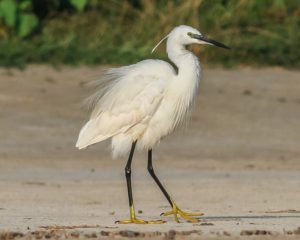
7. Ethiopian Wolf
The Ethiopian wolf is a rare and endangered canid species found only in the highlands of Ethiopia. Known for its bright red coat and bushy tail, the Ethiopian wolf is a social animal, living in packs but hunting alone. These wolves primarily hunt small rodents, which are abundant in their mountainous habitat. Conservation efforts are ongoing to protect this unique species from threats like habitat loss and disease.
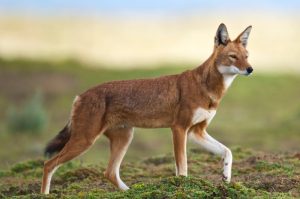
8. Ermine
The ermine, also known as the stoat, is a small carnivorous mammal found in the northern regions of North America, Europe, and Asia. In winter, the ermine’s fur turns white for camouflage in snowy environments, while in warmer seasons, it becomes brown. Ermines are highly effective hunters, preying on small animals like rabbits, rodents, and birds. This adaptable predator is known for its agility and sharp hunting skills.
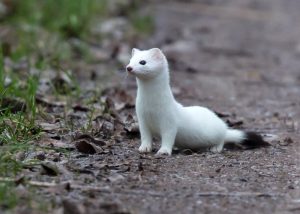
9. Eastern Gorilla
The eastern gorilla, one of the largest primates, includes two subspecies: the mountain gorilla and the Grauer’s gorilla. Found in the forests of Central Africa, these gorillas live in groups led by a dominant male, known as a silverback. Eastern gorillas are herbivorous, feeding mainly on leaves, fruits, and bamboo. They are critically endangered, with habitat destruction and poaching posing significant threats to their survival.
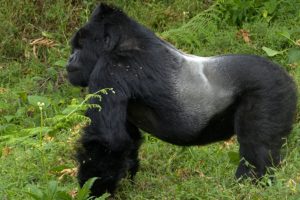
10. Egyptian Vulture
The Egyptian vulture, also known as the “pharaoh’s chicken,” is a distinctive bird with a white body, yellow face, and black flight feathers. Found in Europe, Africa, and Asia, Egyptian vultures are scavengers that feed on carrion, eggs, and occasionally small animals. They are one of the few bird species known to use tools, often using rocks to break open eggs. Unfortunately, they are considered endangered due to poisoning and habitat loss.
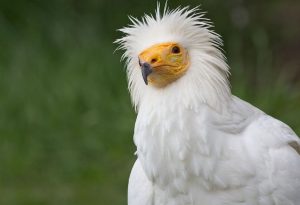
11. Eastern Diamondback Rattlesnake
The eastern diamondback rattlesnake is one of the largest venomous snakes in North America. Recognizable by the diamond-shaped pattern on its back, this rattlesnake is found in the southeastern United States, particularly in pine forests and coastal areas. Known for its powerful venom, the eastern diamondback is an ambush predator, often lying still to strike at passing prey, such as rodents and birds.
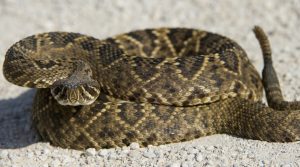
12. Electric Ray
The electric ray, also known as the torpedo ray, is a type of cartilaginous fish capable of producing electric shocks. These rays are found in both shallow and deep marine waters and use their electric organs for defense and to stun prey. Electric rays are typically slow-moving and prefer sandy or muddy sea bottoms where they can easily ambush prey like fish and crustaceans.
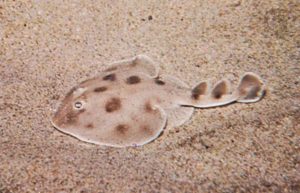
13. European Badger
The European badger is a stocky, nocturnal mammal known for its distinct black and white face stripes. These animals live in complex underground burrows called setts and are social, living in small family groups. European badgers are omnivorous, feeding on earthworms, insects, small mammals, and plants. They are common across Europe and play an essential role in soil aeration through their digging activities.
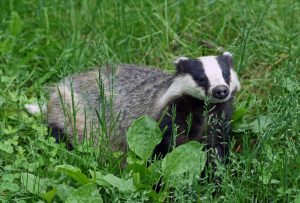
14. Eurasian Lynx
The Eurasian lynx is one of the largest members of the lynx family and is found in the forests of Europe and Asia. Recognizable by its tufted ears and thick fur, this solitary predator is highly skilled at hunting, primarily preying on deer, hares, and birds. The Eurasian lynx is crucial for maintaining the balance of its ecosystem by controlling prey populations.
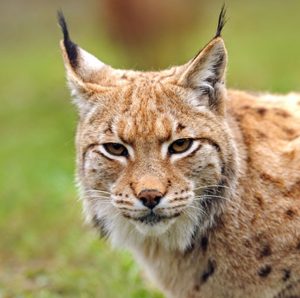
15. Emperor Penguin
The emperor penguin is the largest penguin species and is native to Antarctica. Known for their incredible survival skills, emperor penguins can withstand extreme cold and are famous for their long marches across the ice to breeding grounds. They have a unique life cycle, with males incubating the eggs on their feet to keep them warm during the harsh winter months. Emperor penguins feed on fish, squid, and krill, diving deep into icy waters to hunt.
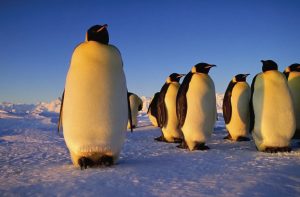
Conclusion
Wild animals beginning with the letter “E” showcase the incredible variety of life on Earth. From the skies to the oceans and the rugged mountains, these animals bring unique adaptations, behaviors, and roles to their ecosystems. Whether it’s the social bonds of elephants, the hunting prowess of the Eurasian lynx, or the electric shock capabilities of the electric ray, each species offers something amazing to learn about. Understanding these creatures also highlights the importance of conservation, as many of these animals face challenges like habitat loss and poaching. By learning more about them, we can appreciate the richness of the natural world and the efforts needed to protect it.
